Home>Interior Design>Wood Ceiling Ideas: 13 Wood Designs To Transform Your Ceiling
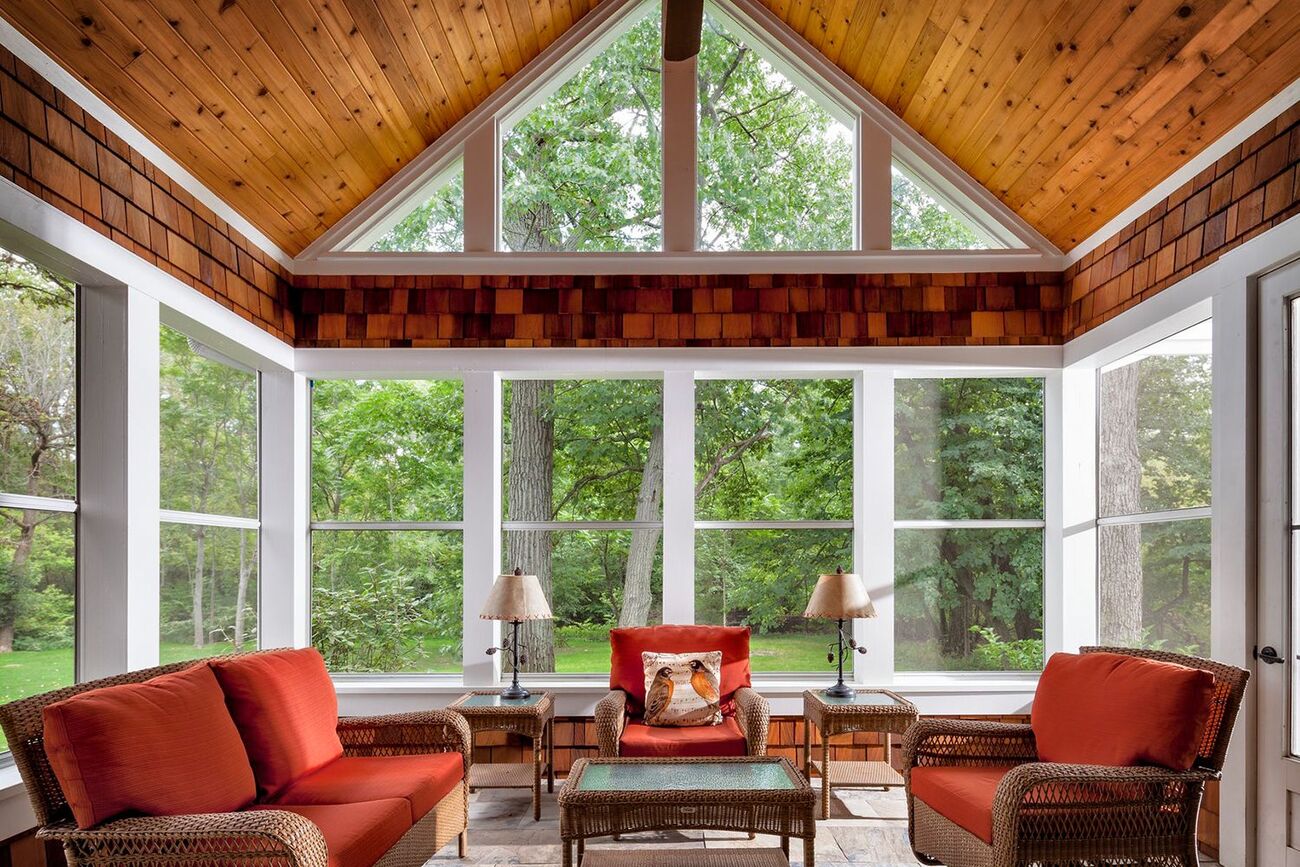

Interior Design
Wood Ceiling Ideas: 13 Wood Designs To Transform Your Ceiling
Modified: October 20, 2024
Transform your ceiling with these 13 interior design wood ceiling ideas. Elevate your space with stunning wood designs that will leave a lasting impression.
(Many of the links in this article redirect to a specific reviewed product. Your purchase of these products through affiliate links helps to generate commission for Storables.com, at no extra cost. Learn more)
Introduction
Welcome to the world of interior design, where every detail matters in creating a space that is both beautiful and functional. When it comes to designing a room, one element that often gets overlooked is the ceiling. However, the ceiling is a blank canvas waiting to be transformed into a stunning focal point.
One popular trend in interior design is incorporating wood into the ceiling. Wood ceilings can add warmth, texture, and a touch of natural beauty to any room. From rustic to modern, there are countless wood ceiling designs to choose from that can completely transform the look and feel of a space.
In this article, we will explore 13 wood ceiling ideas that are sure to inspire your next interior design project. Whether you’re looking to create a cozy, rustic atmosphere or a sleek, contemporary look, these wood ceiling designs will help you achieve your desired aesthetic. Get ready to elevate your ceiling game and create a space that is truly unique and memorable.
Key Takeaways:
- Elevate your space with a wood ceiling design, from rustic exposed beams to sleek modern grids. Create a cozy retreat or a luxurious atmosphere with these 13 stunning wood ceiling ideas.
- Don’t neglect the fifth wall – your ceiling! Embrace the warmth, texture, and natural beauty of wood to create a lasting impression. Transform your space with a captivating wood ceiling design.
Exposed Wood Beams
One of the most popular wood ceiling designs is the exposed wood beams. This design adds a touch of rustic charm and character to any space. Exposed wood beams are often seen in farmhouse-style homes, but they can also work well in other design styles, such as industrial or transitional.
The beauty of exposed wood beams lies in their natural and organic appearance. The beams can be left in their natural state to showcase the raw beauty of the wood or can be stained or painted to match the color scheme of the room. The texture and warmth of the wood beams create a cozy and inviting atmosphere.
Exposed wood beams can be installed in various patterns, such as a simple grid or a more intricate crisscross design. They can span the entire ceiling or be strategically placed to define certain areas within a room. Regardless of the installation pattern, exposed wood beams add depth and visual interest to the space.
This design works well in living rooms, kitchens, and dining rooms, where a touch of rustic elegance is desired. It can also be used in bedrooms to create a cozy and intimate ambiance. Exposed wood beams can be combined with other wood elements in the room, such as wooden furniture or flooring, to create a cohesive and harmonious look.
When designing with exposed wood beams, it’s important to consider the scale and proportion of the space. The size and spacing of the beams should be appropriate for the room’s dimensions to achieve a balanced and visually pleasing effect. Consulting with a professional interior designer can help ensure that the design is executed correctly.
Overall, exposed wood beams add a beautiful and timeless element to the ceiling, elevating the overall design of the space. Whether you’re going for a rustic, farmhouse feel or a more contemporary look, exposed wood beams are a versatile and stunning design choice.
Rustic Plank Ceiling
If you’re aiming for a cozy and cabin-like feel in your space, a rustic plank ceiling is the perfect choice. This wood ceiling design features horizontal planks of wood that are reminiscent of traditional cabin interiors.
The key to achieving a rustic plank ceiling is to select natural and weathered wood. This can include reclaimed barn wood, distressed pine, or even faux wood panels that mimic the appearance of aged timber. The texture and imperfections of the wood add to the overall charm and character of the space.
When installing a rustic plank ceiling, you have the option to leave the wood in its natural state for a more organic look or apply a stain or paint to customize the color and enhance the overall design. Whitewashing the planks can give the ceiling a light and airy feel, while a dark stain can create a more dramatic and rustic ambiance.
Rustic plank ceilings work well in rooms with a farmhouse, cottage, or cabin aesthetic. They can be installed in various patterns, such as a simple horizontal orientation or a more intricate herringbone or chevron pattern. The direction and spacing of the planks can also be adjusted to create visual interest and enhance the overall design.
This wood ceiling design is particularly ideal for bedrooms, living rooms, or even outdoor spaces such as covered porches or sunrooms. The warmth and natural beauty of the wood create a cozy and inviting atmosphere, making it the perfect spot to relax and unwind.
Incorporating other rustic elements into the space, such as wooden furniture, textured textiles, and antique accents, will further enhance the rustic charm of the room. The combination of these elements creates a cohesive and visually appealing design.
Whether you’re looking to transform a modern space into a rustic retreat or want to enhance the cozy charm of a farmhouse-style home, a rustic plank ceiling is a beautiful and versatile option. It adds warmth, character, and a touch of nostalgia to any room, making it a truly memorable design choice.
Coffered Wood Ceiling
For a touch of elegance and sophistication, a coffered wood ceiling is the perfect choice. This design features a grid-like pattern with recessed panels, creating a three-dimensional effect that adds architectural interest to any room.
Coffered ceilings have a long history dating back to ancient Greece and Rome, where they were used to enhance the grandeur of temples and palaces. Today, they are commonly found in traditional and formal spaces, such as dining rooms, libraries, or even home offices.
To achieve a coffered wood ceiling, wooden beams or moldings are installed in a grid pattern across the ceiling, creating a series of recessed panels. The recessed panels can be left as an open space or filled with additional wood paneling or even decorative accents like tin tiles or wallpaper.
The choice of wood for a coffered wood ceiling depends on the desired aesthetic. Dark-stained or mahogany wood can lend a sense of luxury and formality, while lighter wood tones can create a more airy and casual ambiance. The depth and size of the coffered panels can also be customized to suit the proportions of the room.
In addition to adding a touch of elegance, coffered wood ceilings also have practical advantages. The recessed panels can help with acoustics by reducing echo and improving sound quality. They also allow for the integration of lighting fixtures, such as recessed lights or chandeliers, to further enhance the overall design and provide ample illumination.
When designing with a coffered wood ceiling, it’s essential to consider the overall style of the space. This ceiling design works well in traditional, transitional, or even Mediterranean-inspired interiors. Pairing it with other elements such as crown molding, wainscoting, or ornate furniture will create a cohesive and visually stunning look.
Overall, a coffered wood ceiling adds a touch of elegance and architectural interest to any room. Its timeless appeal and versatility make it a popular choice among homeowners and interior designers looking to create a sophisticated and visually stunning space.
Whitewashed Wood Ceiling
If you’re looking to create a light and airy atmosphere in your space, a whitewashed wood ceiling is an excellent choice. This design technique involves applying a thin layer of white paint to the wood, allowing the natural grain and texture to show through.
Whitewashing wood has a long history and has been used in various design styles, from coastal cottages to Scandinavian-inspired interiors. It adds a touch of brightness and purity to a space while still maintaining the warmth and natural beauty of the wood.
To achieve a whitewashed wood ceiling, start by selecting a high-quality wood with an interesting grain pattern. Lighter wood options like pine or birch work well for this design. Next, apply a mixture of white paint and water in a ratio that allows the wood grain to show through. This whitewash mixture provides an opaque appearance while still highlighting the natural beauty of the wood.
Whitewashed wood ceilings work well in a variety of spaces, from bedrooms and living rooms to kitchens and even bathrooms. They create a clean and fresh backdrop that instantly brightens the room. This design technique is particularly popular in coastal and beach-inspired interiors, where the light and airy aesthetic complements the nautical theme.
Pairing a whitewashed wood ceiling with other light-colored elements, such as neutral walls, sheer curtains, and light-colored furniture, enhances the overall sense of openness and brightness in the space. The combination of these elements creates a serene and inviting atmosphere.
Additionally, incorporating natural textures like rattan or linen into the room’s decor further enhances the coastal or Scandinavian design aesthetic. These elements add depth and visual interest to the space, creating a harmonious and visually pleasing interior.
Whether you’re aiming for a beachy vibe or a clean and minimalist look, a whitewashed wood ceiling is a versatile and visually stunning option. It brings a sense of tranquility and serenity to any room, making it a popular choice among homeowners and interior designers.
Reclaimed Barn Wood Ceiling
For a truly unique and rustic look, consider opting for a reclaimed barn wood ceiling. This design utilizes wood salvaged from old barns and structures, giving your space a touch of history and character.
Reclaimed barn wood is sought after for its rich patina, weathered texture, and unique imperfections. Each piece of wood tells a story, creating a one-of-a-kind look that cannot be replicated with new materials. The knots, nail holes, and natural aging of the wood add an authentic and vintage charm to the ceiling.
To create a reclaimed barn wood ceiling, the salvaged wood is carefully cleaned, prepped, and installed on the ceiling. The installation can be done in various ways, such as installing individual planks, creating a herringbone pattern, or even arranging the wood in a chevron design. The choice of installation pattern depends on the desired aesthetic and style of the space.
A reclaimed barn wood ceiling works well in a variety of settings, from rustic cabins and farmhouse-style homes to industrial lofts and eclectic interiors. It adds warmth, history, and a sense of nostalgia to any room.
Pairing a reclaimed barn wood ceiling with other natural elements, such as stone accents, exposed brick walls, or vintage furniture, creates a cohesive and organic design. The combination of these elements brings a sense of authenticity and creates a space that feels deeply rooted in history.
It’s worth mentioning that using reclaimed barn wood is not only visually appealing but also an eco-friendly choice. By repurposing old wood, you’re contributing to the sustainability of the environment by reducing the demand for new materials.
One thing to consider when using reclaimed barn wood is that it can have a strong character and visual presence. It may be best to balance it with more neutral elements in the room, such as lighter walls or furniture, to avoid overpowering the space.
Overall, a reclaimed barn wood ceiling is a captivating and environmentally conscious design choice. Its unique texture, rich history, and rustic charm make it a standout feature that will truly transform the look and feel of any room.
Stained Wood Paneling
For a classic and timeless wood ceiling design, stained wood paneling is an excellent choice. This design technique involves covering the ceiling with wooden panels that have been stained to enhance the natural beauty of the wood grain.
Stained wood paneling is versatile and can be used in various design styles, from traditional to contemporary. The stain color can range from light to dark, depending on the desired aesthetic and the existing color scheme of the space.
When selecting wood for stained paneling, it’s important to choose a high-quality wood species that is known for its attractive grain pattern. Popular choices include oak, walnut, mahogany, and cherry. These woods have rich and distinct grains that add visual interest to the ceiling.
The staining process involves applying a wood stain of your choice to the panels, followed by a protective sealant. The stain enhances the color and depth of the wood, highlighting its natural beauty. It’s important to properly prepare and sand the wood before staining to ensure a smooth and even application.
Stained wood paneling works well in a variety of spaces, from living rooms and dining rooms to libraries and offices. It adds warmth, elegance, and sophistication to the room, creating a refined and inviting atmosphere.
When designing with stained wood paneling, consider the overall style and color scheme of the space. Lighter stain colors, such as a honey or golden oak, can create a warm and welcoming ambiance, while darker stains, like espresso or walnut, lend a more dramatic and luxurious feel.
Incorporating other wood elements into the room, such as wooden furniture or flooring, helps to create a cohesive design. It’s important to strike a balance between the stained wood ceiling and other elements in the room to achieve a harmonious and visually pleasing look.
Whether you’re aiming for a traditional and formal aesthetic or a more contemporary and streamlined look, stained wood paneling is a versatile and elegant choice. It adds depth, texture, and sophistication to any space, instantly elevating the overall design.
Geometric Wood Ceiling
If you’re looking to make a bold statement with your ceiling design, a geometric wood ceiling is the perfect choice. This design combines the natural beauty of wood with intricate geometric patterns, adding a modern and artistic touch to any space.
A geometric wood ceiling can be created using a combination of wood panels, beams, or moldings arranged in various shapes and patterns. Some popular geometric designs include squares, rectangles, triangles, hexagons, or even more complex patterns like starbursts or sunbursts.
The key to achieving a stunning geometric wood ceiling is precision and attention to detail. The wood pieces need to be accurately cut and installed to create a seamless and visually pleasing pattern. Working with an experienced carpenter or a professional interior designer can help ensure that the design is executed flawlessly.
This type of wood ceiling design works well in contemporary, modern, or even eclectic spaces. It adds a sense of architectural interest and visual drama, becoming a true focal point of the room.
When selecting the wood for a geometric wood ceiling, consider the grain pattern and color. Opting for woods with unique grain patterns, like maple or oak, can enhance the visual impact of the pattern. Additionally, staining or painting the wood in contrasting colors can further enhance the geometric design.
A geometric wood ceiling works well in a variety of spaces, from living rooms and dining areas to offices or even bedrooms. It creates a sense of depth and visual intrigue that captivates the eye and adds a modern and artistic element to the interior.
To balance the intricate design of the geometric wood ceiling, consider keeping the other elements of the room more minimalistic and streamlined. The focus should be on the ceiling, allowing it to take center stage and become the star of the space. Neutral walls, simple furniture, and clean lines can help to achieve this balance.
Overall, a geometric wood ceiling is a striking and contemporary design choice that adds a touch of artistry and elegance to any room. It showcases the beauty of wood in an unconventional and visually captivating way, making it a standout feature that will impress anyone who enters the space.
Consider using reclaimed wood for a rustic look, or opt for a lighter wood to create a more open and airy feel in your space. Be sure to consider the overall style and color scheme of the room when choosing a wood ceiling design.
Floating Wood Ceiling
A floating wood ceiling is a modern and innovative design choice that creates a sense of lightness and openness in a space. This design technique involves suspending individual wood panels or planks from the ceiling, giving the illusion that they are floating in mid-air.
The floating wood ceiling can be achieved using a variety of methods, such as hidden support systems or thin wires. This design allows for the creation of unique and dynamic patterns on the ceiling, adding a visually interesting element to the room.
When selecting wood for a floating wood ceiling, lightweight and durable woods, such as cedar or maple, are often preferred. These wood types facilitate the floating effect without compromising the structural integrity of the ceiling.
A floating wood ceiling works well in modern, contemporary, or even minimalist spaces. It adds a touch of architectural intrigue and sophistication, creating a focal point that draws the eye upward.
This design can be customized to suit the desired aesthetic and style of the room. For a clean and streamlined look, opt for simple and straight horizontal or vertical wood panels. Alternatively, more complex patterns can be created with angled or diagonal placements of the wood panels, adding a sense of movement and drama.
A floating wood ceiling can be used in various rooms, such as living rooms, dining areas, or even entrance foyers. Its unique design creates a memorable impression while still maintaining a sense of functionality.
Pairing a floating wood ceiling with other modern elements, such as sleek furniture, minimalistic decor, or large windows, enhances the overall contemporary design aesthetic. The combination of these elements creates a cohesive and visually stunning space.
When designing with a floating wood ceiling, it’s important to consider lighting options. Recessed lighting or strategically placed LED lights can be incorporated into the design, highlighting the wood panels and creating an ethereal glow.
Overall, a floating wood ceiling adds a modern and artistic touch to any space. Its visually captivating design and sense of weightlessness create a truly unique and memorable focal point in the room, making it an excellent choice for those looking to make a bold design statement.
Herringbone Wood Ceiling
A herringbone wood ceiling is a stunning design choice that adds a touch of elegance and sophistication to any space. This classic pattern, reminiscent of a herringbone weave, is created by arranging wood planks or tiles in a diagonal V-shaped pattern.
The herringbone pattern creates a sense of movement and visual interest on the ceiling, making it a standout feature that adds a touch of luxury to the room. The diagonal orientation of the wood planks or tiles adds depth and dimension, creating a captivating visual effect.
To achieve a herringbone wood ceiling, select high-quality wood planks or tiles with a distinct grain pattern. Common wood species used for this design include oak, walnut, or mahogany. The color and finish of the wood can be customized to match the desired aesthetic and style of the space.
The installation process involves carefully cutting and arranging the wood planks or tiles in a diagonal pattern that creates the signature herringbone design. It’s important to ensure precise measurements and cuts to achieve a seamless and visually pleasing result.
A herringbone wood ceiling works well in a variety of spaces, from dining rooms and living areas to bedrooms or even home offices. It adds a sense of sophistication and refinement, creating a timeless and elegant ambiance.
When designing with a herringbone wood ceiling, consider pairing it with other classic elements like crown molding, wainscoting, or ornate light fixtures. These elements enhance the traditional and elegant design aesthetic, making the space feel cohesive and harmonious.
Additionally, a herringbone wood ceiling can be complemented with other wood accents in the room, such as wooden furniture or flooring, to create a cohesive and visually stunning interior.
Whether you’re aiming for a traditional, transitional, or even a more contemporary look, a herringbone wood ceiling adds a touch of sophistication and timeless beauty to any room. Its intricate and captivating pattern creates a visual feast for the eyes, making it a stunning focal point that will surely impress.
Suspended Wood Slats
A suspended wood slat ceiling is a modern and stylish design choice that adds a touch of architectural intrigue to any space. This design involves suspending individual wood slats horizontally from the ceiling, creating a sleek and contemporary look.
The suspended wood slat ceiling can be achieved using a variety of methods, depending on the desired aesthetic. One popular method is suspending the wood slats using thin metal wires or cables attached to the ceiling. This creates the illusion that the slats are floating, adding a sense of lightness and openness to the room.
When selecting wood for suspended slats, it’s important to choose a sleek and durable wood species, such as maple, walnut, or teak. These woods provide a smooth and polished appearance that complements the contemporary design aesthetic.
The spacing and orientation of the wood slats can be customized to suit the desired look and feel of the space. Closer spacing between the slats creates a more solid and intimate atmosphere, while wider spacing allows for light and air to flow through, creating an open and airy feel.
A suspended wood slat ceiling works well in modern, minimalist, or even industrial-inspired spaces. It adds a sense of depth and visual interest to the room, becoming a striking architectural element.
This design is particularly suited for open-concept living areas, dining spaces, or areas where a sense of separation or definition is desired. It can also be used in commercial spaces, such as offices or restaurants, to create a contemporary and inviting atmosphere.
To enhance the overall design, consider incorporating lighting options into the suspended wood slat ceiling. Recessed lights can be strategically placed between the slats to create a soft and ambient glow, highlighting the natural beauty of the wood.
When combining a suspended wood slat ceiling with other elements in the room, such as furniture and decor, it’s important to maintain a minimalist and streamlined approach. This allows the focus to remain on the captivating design of the ceiling.
Overall, a suspended wood slat ceiling adds a touch of modern elegance and architectural interest to any space. Its sleek design and innovative installation create a visually stunning feature that will impress and inspire.
Wood Slat Ceiling
A wood slat ceiling is a versatile and timeless design choice that adds warmth and texture to any space. This design features individual wood slats that are installed parallel to each other on the ceiling, creating a visually appealing linear pattern.
Wood slat ceilings offer a range of design possibilities, from rustic and natural to modern and sleek. The choice of wood species and the size and spacing of the slats can be customized to achieve the desired aesthetic.
When selecting wood for a slat ceiling, it’s important to choose a high-quality and durable wood species that can withstand moisture and temperature changes. Common options for wood slat ceilings include cedar, pine, or even tropical hardwoods like teak.
The spacing between the slats can be adjusted to create different effects. Closer spacing creates a more solid and intimate feel, while wider spacing allows for light and air to flow through, creating an open and airy atmosphere.
A wood slat ceiling works well in a variety of spaces, from bedrooms and living rooms to kitchens and commercial areas. It adds a natural and organic element to the room while maintaining a sense of warmth and coziness.
Incorporating other natural materials into the room’s decor, such as stone or plants, enhances the overall organic and inviting feel of the space. Additionally, combining wood slat ceilings with other wood elements, like flooring or furniture, creates a cohesive and harmonious design.
This design choice is also versatile when it comes to finishing options. Wood slats can be left in their natural state, showcasing the natural grain and beauty of the wood, or can be stained or painted to match the desired color scheme of the room.
Whether you’re aiming for a traditional, transitional, or contemporary look, a wood slat ceiling adds character and visual interest to any space. Its natural beauty and timeless appeal make it a popular choice among homeowners and designers looking to create a warm and inviting atmosphere.
Chevron Wood Ceiling
A chevron wood ceiling is a visually striking and contemporary design choice that adds a bold geometric pattern to any space. This design features wood planks arranged in a chevron pattern, creating a V-shaped zigzag effect.
The chevron pattern adds a sense of movement and dynamic energy to the ceiling, making it a standout feature that draws the eye upward. It works well in a variety of design styles, from modern and minimalist to transitional or even eclectic.
When selecting wood for a chevron wood ceiling, it’s important to choose high-quality and straight-grained wood species. This ensures that the pattern will be crisp and visually appealing. Popular wood options include oak, walnut, or maple.
The installation process involves carefully cutting and arranging the wood planks in a diagonal pattern to create the distinctive chevron design. Attention to detail and precision is necessary to ensure that the pattern is symmetrical and aligns seamlessly.
A chevron wood ceiling works well in various rooms, including living areas, dining rooms, or even entryways. It adds a touch of sophistication and visual interest to the space, becoming a conversation piece and focal point.
To enhance the chevron pattern, consider incorporating lighting options into the design. Recessed lights or strategically placed wall sconces can accentuate the wood planks and create a warm and inviting ambiance.
When designing with a chevron wood ceiling, it’s important to balance the visual impact. Pairing it with more neutral and understated elements in the room, such as furniture or walls, allows the ceiling to be the standout feature.
Additionally, a chevron wood ceiling can be complemented with other geometric elements or patterns in the room, such as chevron-inspired tiles or textiles. This creates a cohesive and visually cohesive design that ties the space together.
Overall, a chevron wood ceiling adds a contemporary and artistic touch to any space. Its bold and dynamic pattern creates a visual statement that is both eye-catching and memorable, making it an excellent choice for those looking to make a design impact.
Modern Wood Grid Ceiling
A modern wood grid ceiling is a sleek and sophisticated design choice that adds a touch of contemporary elegance to any space. This design features a grid-like pattern created by intersecting wood beams or moldings to form squares or rectangles.
The modern wood grid ceiling offers a sense of clean lines and geometric precision, making it a visually pleasing focal point in the room. It works well in modern, minimalist, or even transitional design styles.
To achieve a modern wood grid ceiling, select high-quality and smooth wood material, such as maple, birch, or oak. The wood can be stained, painted, or left in its natural state, depending on the desired aesthetic and color scheme of the room.
The installation process involves careful measuring and precision to create a consistent grid pattern. The beams or moldings are installed on the ceiling, intersecting to form squares or rectangles. This design can be executed in various sizes and spacing, allowing for customization based on the room’s dimensions and design preferences.
A modern wood grid ceiling works well in a range of spaces, from living rooms and dining areas to offices or commercial settings. It adds a sense of sophistication and architectural interest while maintaining a sleek and contemporary feel.
When designing with a modern wood grid ceiling, complementing elements such as minimalistic furniture, neutral color schemes, and clean lines will enhance the overall aesthetic. The focus is on the geometric pattern of the ceiling, allowing it to become the highlight of the space.
Lighting plays a critical role in showcasing the modern wood grid ceiling. Recessed lights or track lighting can be strategically placed to highlight the intersecting beams, creating a warm and inviting ambiance.
Incorporating other materials, such as glass, metal, or concrete, into the room’s decor can further enhance the modern aesthetic and create an overall harmonious and cohesive design.
Overall, a modern wood grid ceiling adds a touch of contemporary elegance and architectural intrigue to any space. Its clean lines, geometric pattern, and seamless integration create a visually stunning feature that will impress and inspire.
Conclusion
When it comes to designing a room, the ceiling is often an overlooked element. However, by incorporating a wood ceiling design, you can transform your space into something truly extraordinary. From rustic and cozy to sleek and sophisticated, the possibilities are endless.
In this article, we explored 13 wood ceiling ideas that can elevate the design of any room. Exposed wood beams add a touch of rustic charm, while a rustic plank ceiling brings a cozy cabin-like feel. The elegance of a coffered wood ceiling and the light and airy atmosphere of a whitewashed wood ceiling offer different style options.
For a touch of history and character, a reclaimed barn wood ceiling provides a unique and weathered look, while stained wood paneling adds a classic and timeless elegance. A geometric wood ceiling makes a bold statement, while a suspended wood slat design creates a modern and sleek aesthetic.
To embrace tradition and add texture, you can opt for a herringbone wood ceiling, while a chevron wood ceiling introduces a captivating and contemporary pattern. Finally, a modern wood grid ceiling offers a clean and sophisticated look.
Whatever design you choose, it’s important to consider the overall style of your space and how the wood ceiling will enhance the ambiance. Whether you’re looking to create a cozy retreat, a luxurious atmosphere, or a modern haven, a wood ceiling can be tailored to your unique vision.
Remember to take into account the scale and proportion of the room to ensure that the wood ceiling design complements the space harmoniously. Consulting with a professional interior designer or contractor can provide valuable insight and guidance for executing your desired wood ceiling design.
So, don’t neglect the fifth wall – your ceiling! Embrace the warmth, texture, and natural beauty that only a wood ceiling can bring. Elevate your space and create a lasting impression with one of these stunning wood ceiling designs.
Frequently Asked Questions about Wood Ceiling Ideas: 13 Wood Designs To Transform Your Ceiling
Was this page helpful?
At Storables.com, we guarantee accurate and reliable information. Our content, validated by Expert Board Contributors, is crafted following stringent Editorial Policies. We're committed to providing you with well-researched, expert-backed insights for all your informational needs.
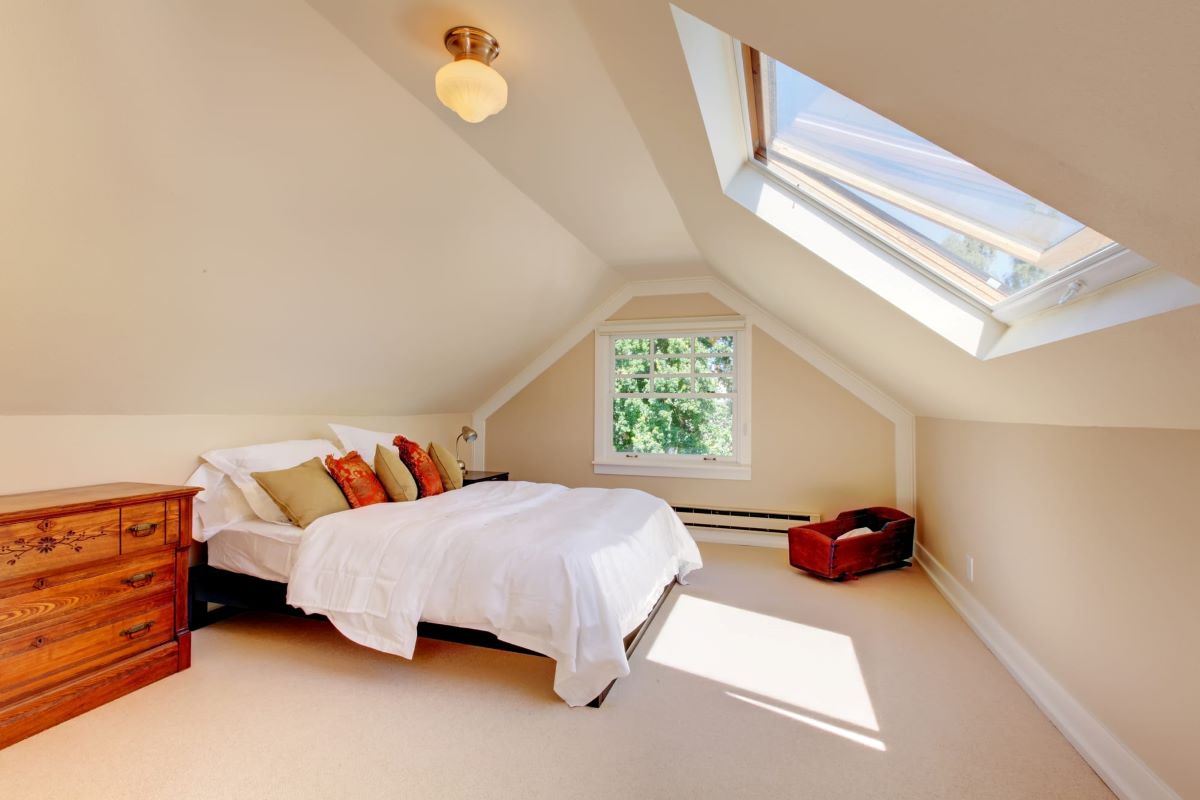
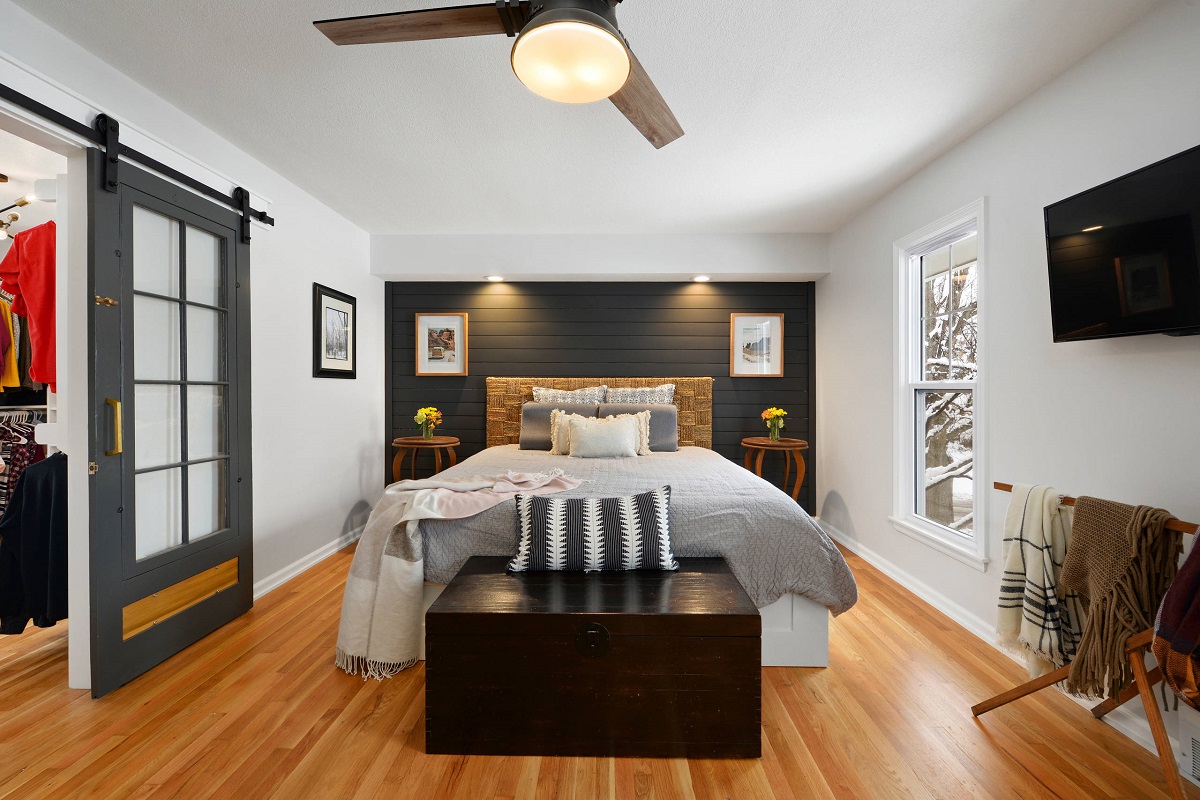
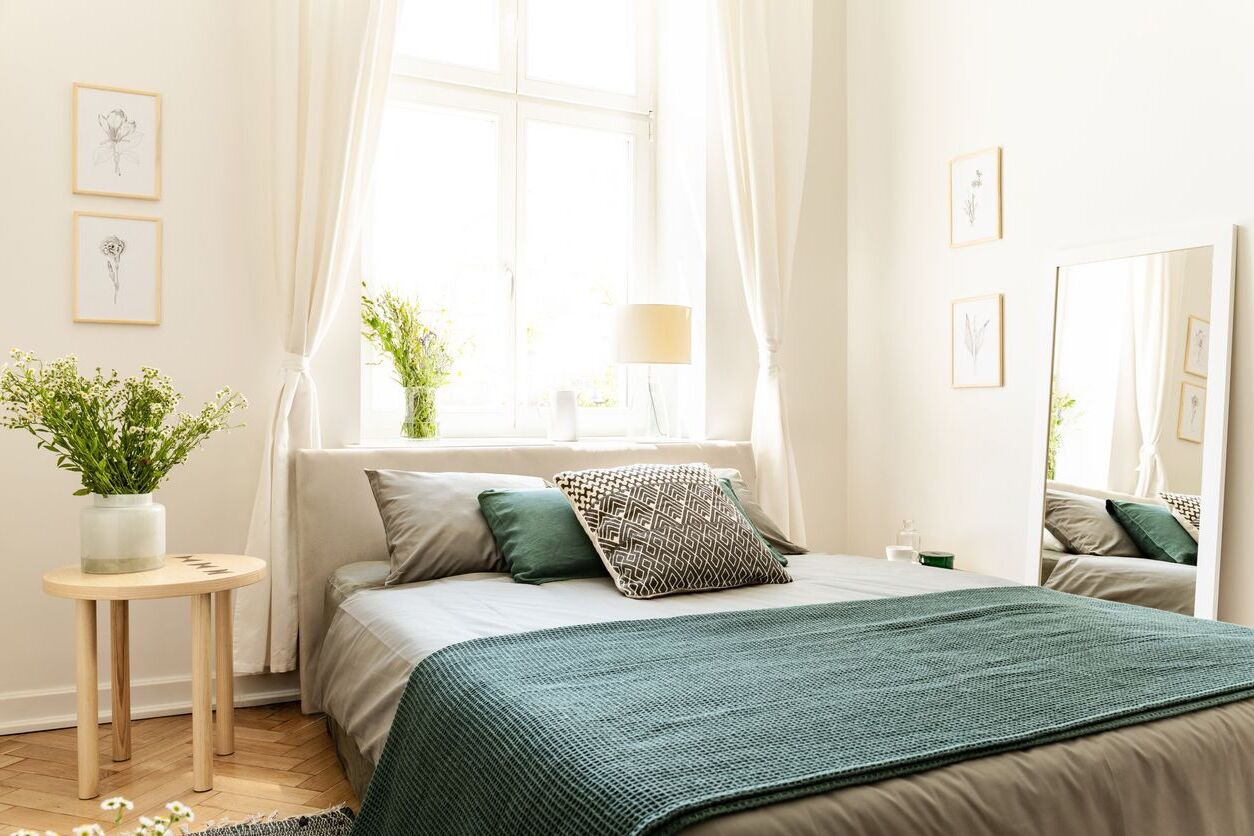
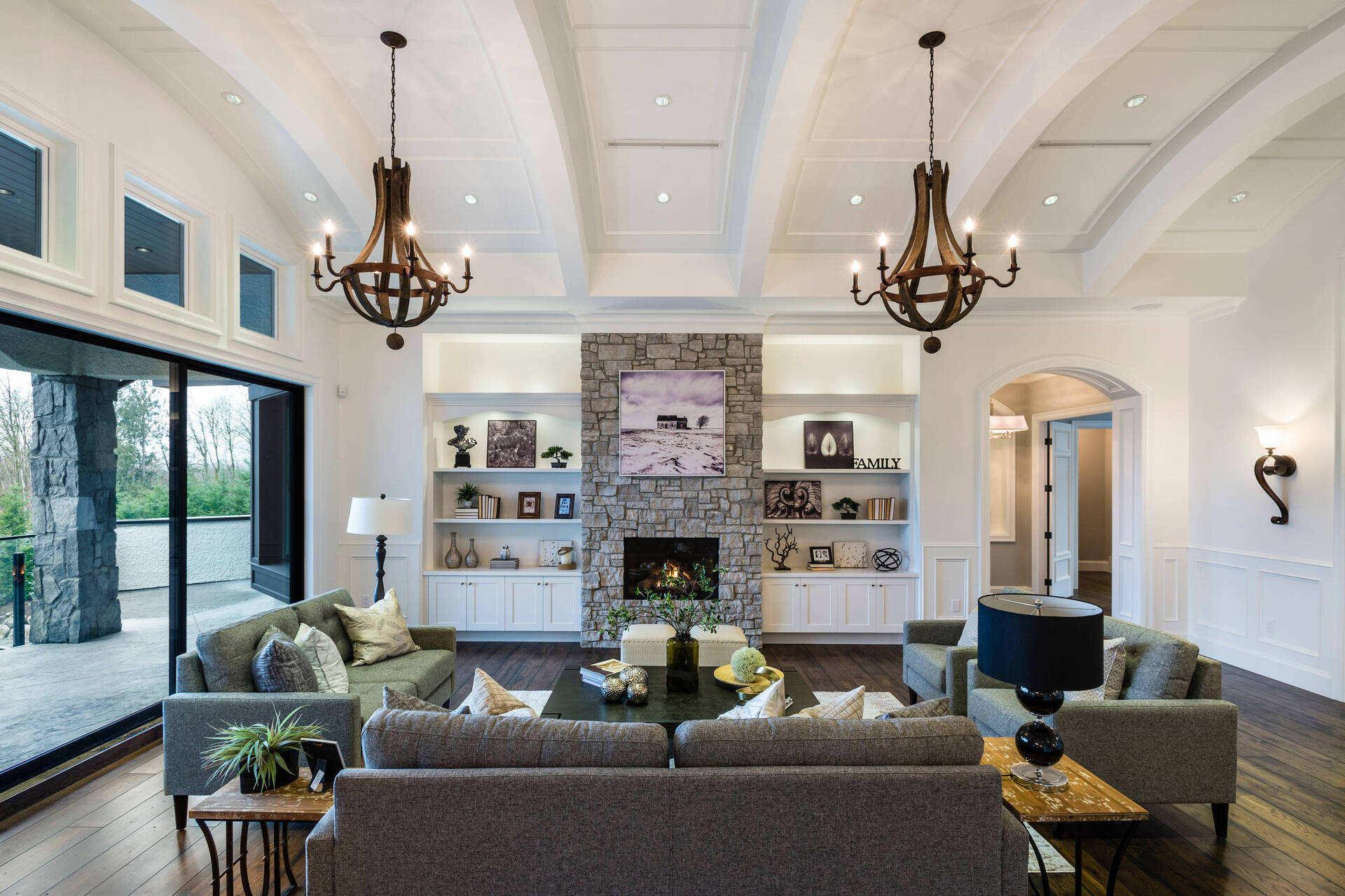
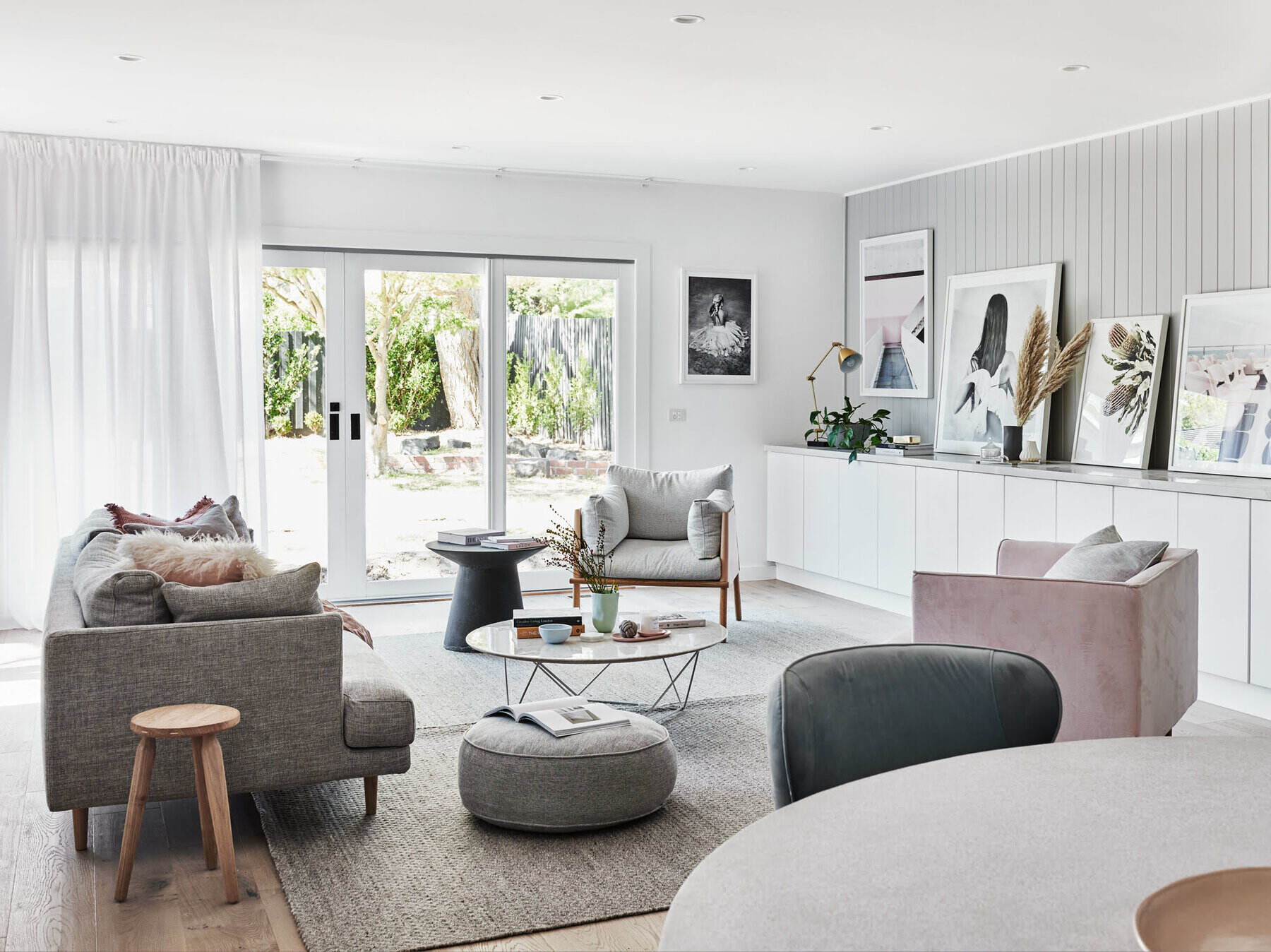
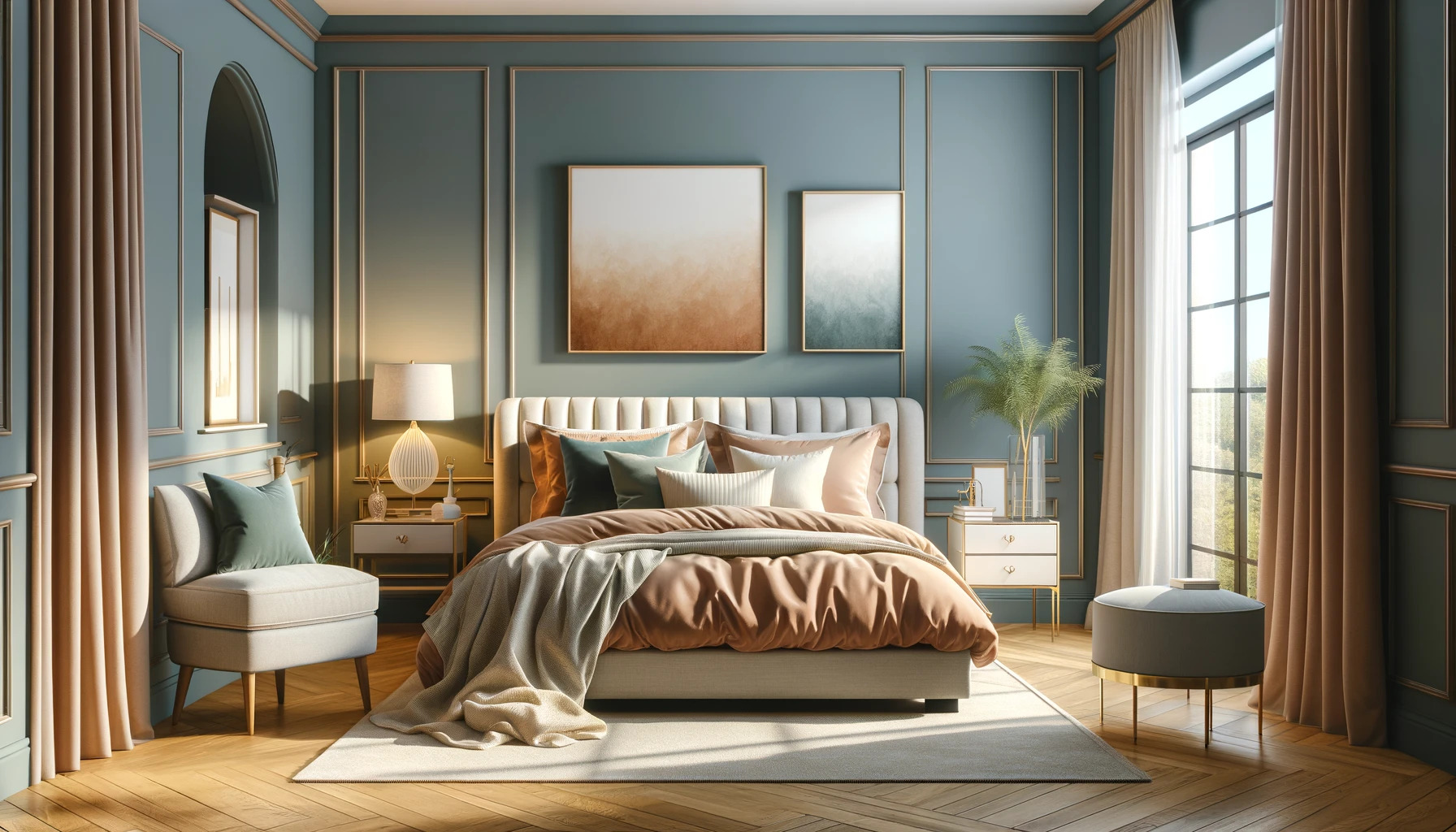
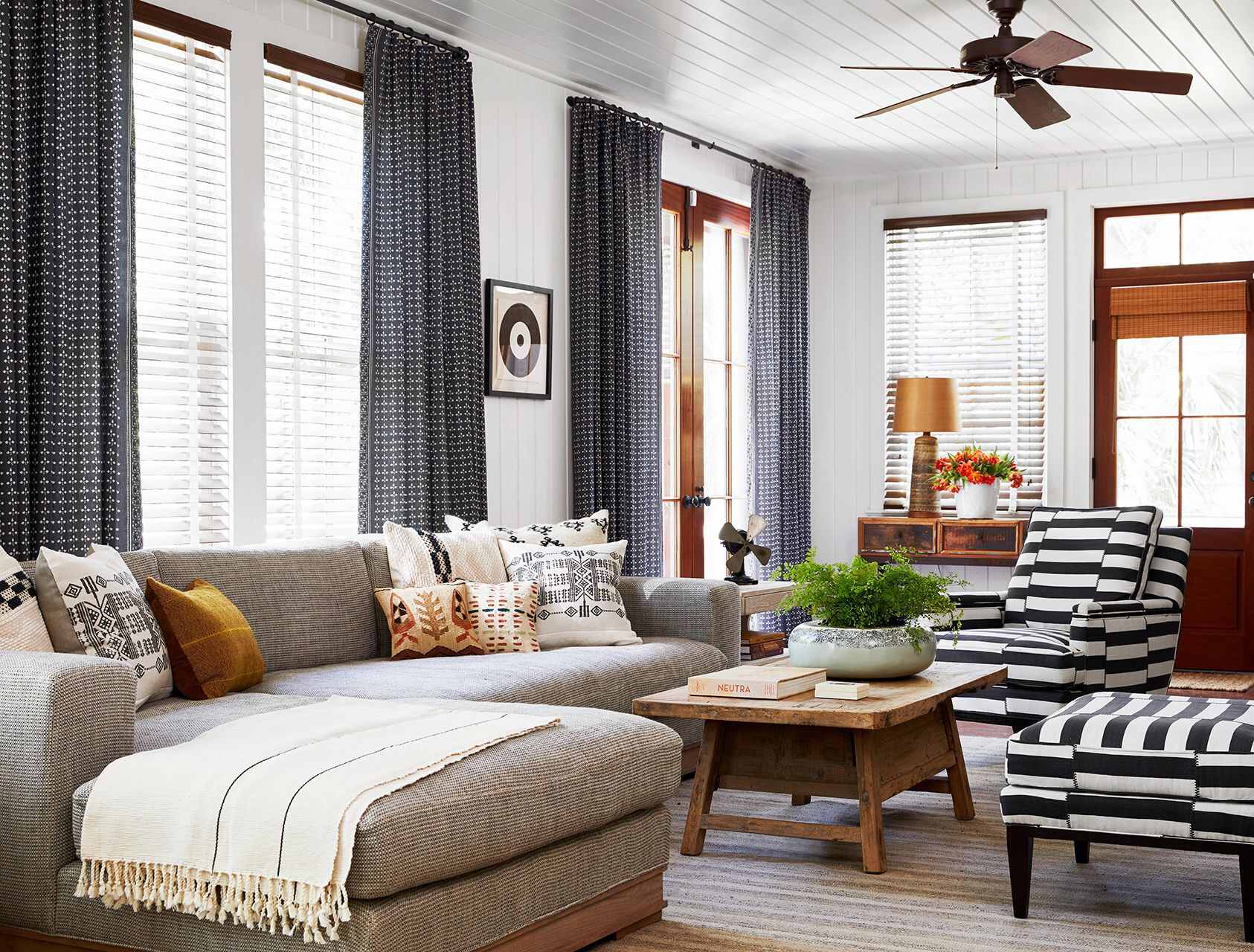
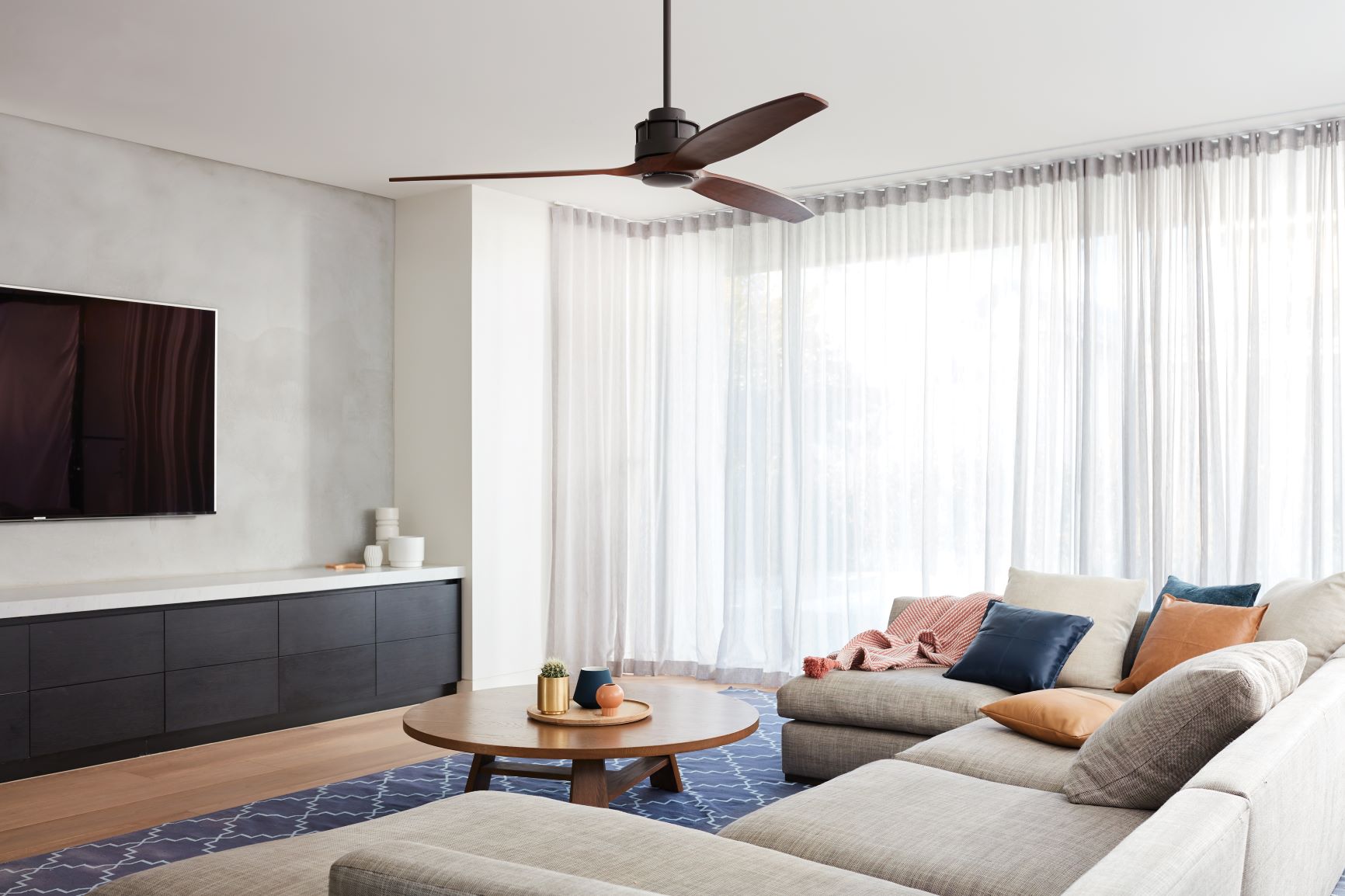
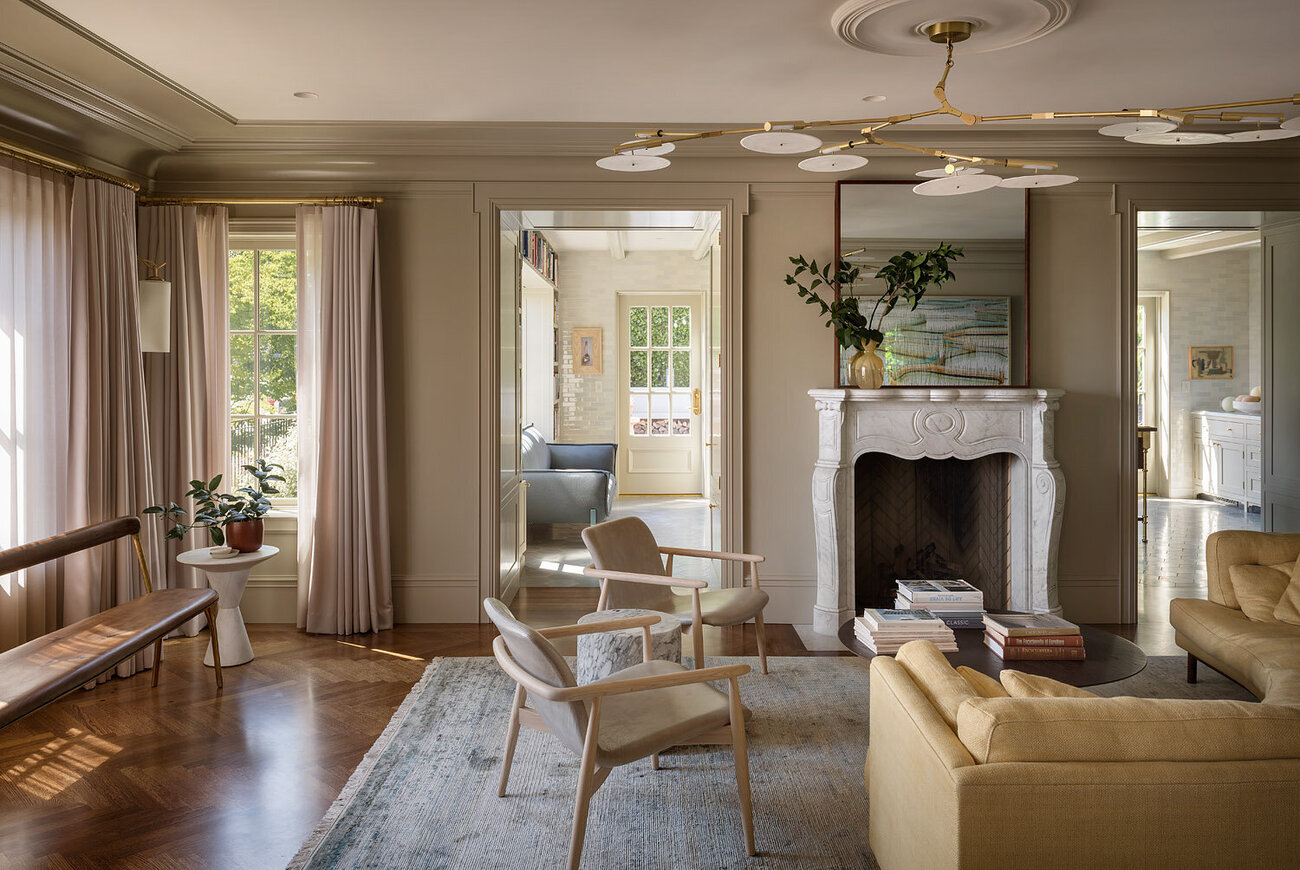
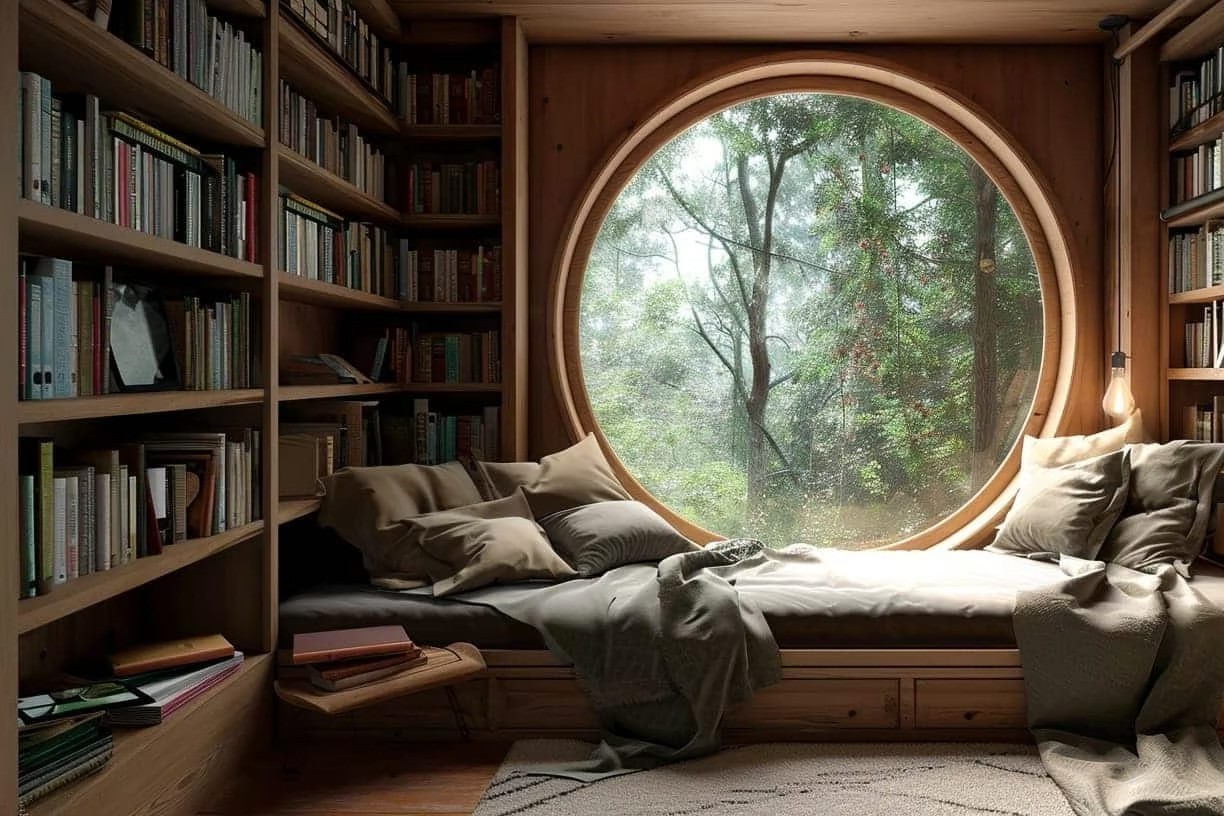
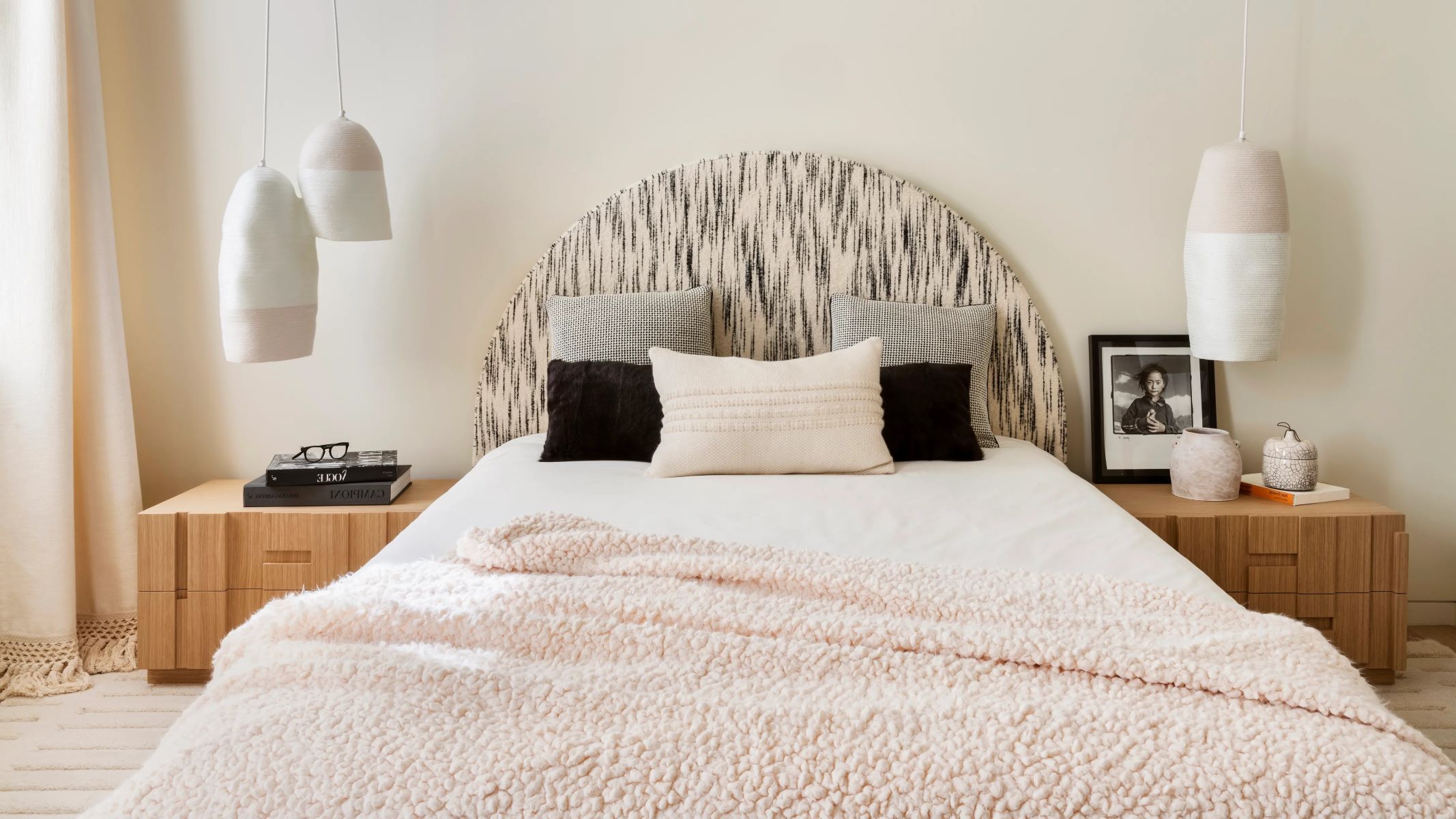


0 thoughts on “Wood Ceiling Ideas: 13 Wood Designs To Transform Your Ceiling”